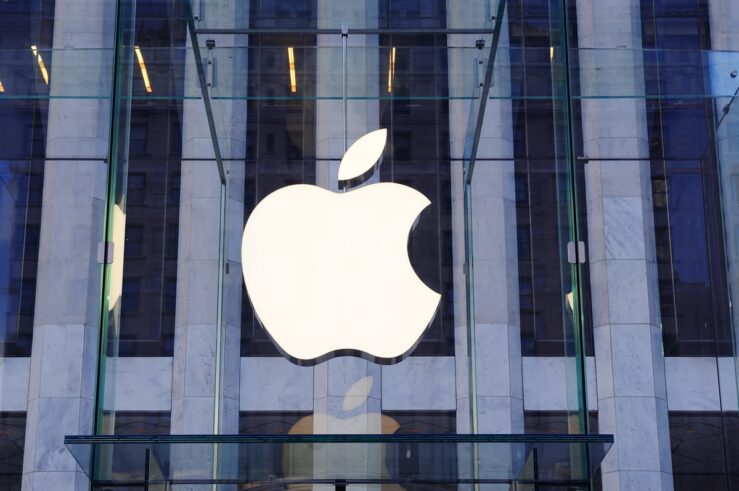Luke Froeb, Mikhael Shor and Steven Tschantz have just posted an interesting looking model of mergers in auction settings where the incumbent firm has an advantage in subsequent auctions. The model captures the intuition that sometimes a mergers creating a “second-best” rival can result in more more aggressive bidding and result in lower prices even if the merger does not create efficiencies. Here’s the abstract:
When the winner of one auction gains a cost advantage in the next, bids reflect not only the value of winning the auction, but also the value of gaining an incumbent advantage in future auctions. If a larger firm’s advantage derives from a cost or product advantage, it has a greater chance of holding onto incumbency status which, in turn, increases the value it places on gaining incumbency. As a consequence, larger firms bid more aggressively than their smaller rivals, where “size” is measured by the probability of winning. In this environment, mergers eliminate competition among the merged firms but they also change bidding behavior by both merging and non-merging firms. Computational experiments suggest that the scope for pro-competitive mergers is much wider than in auctions without an incumbent advantage. In particular, mergers among smaller firms are likely to be pro-competitive because they tend to create better losers, i.e., firms who bid more aggressively but still lose a large part of the time.




